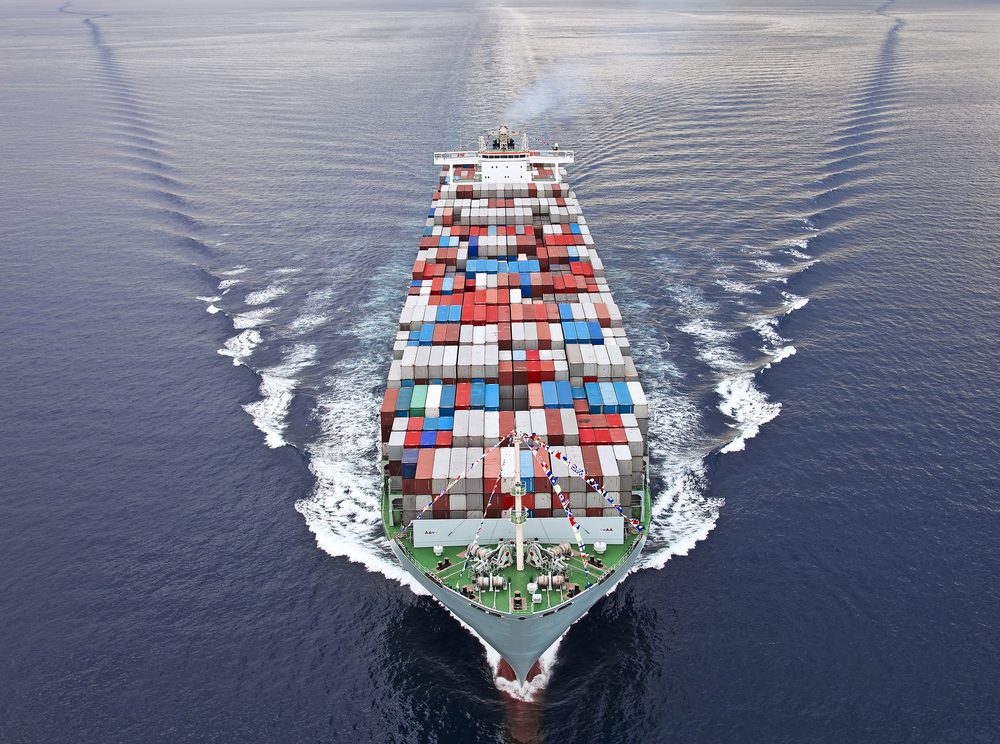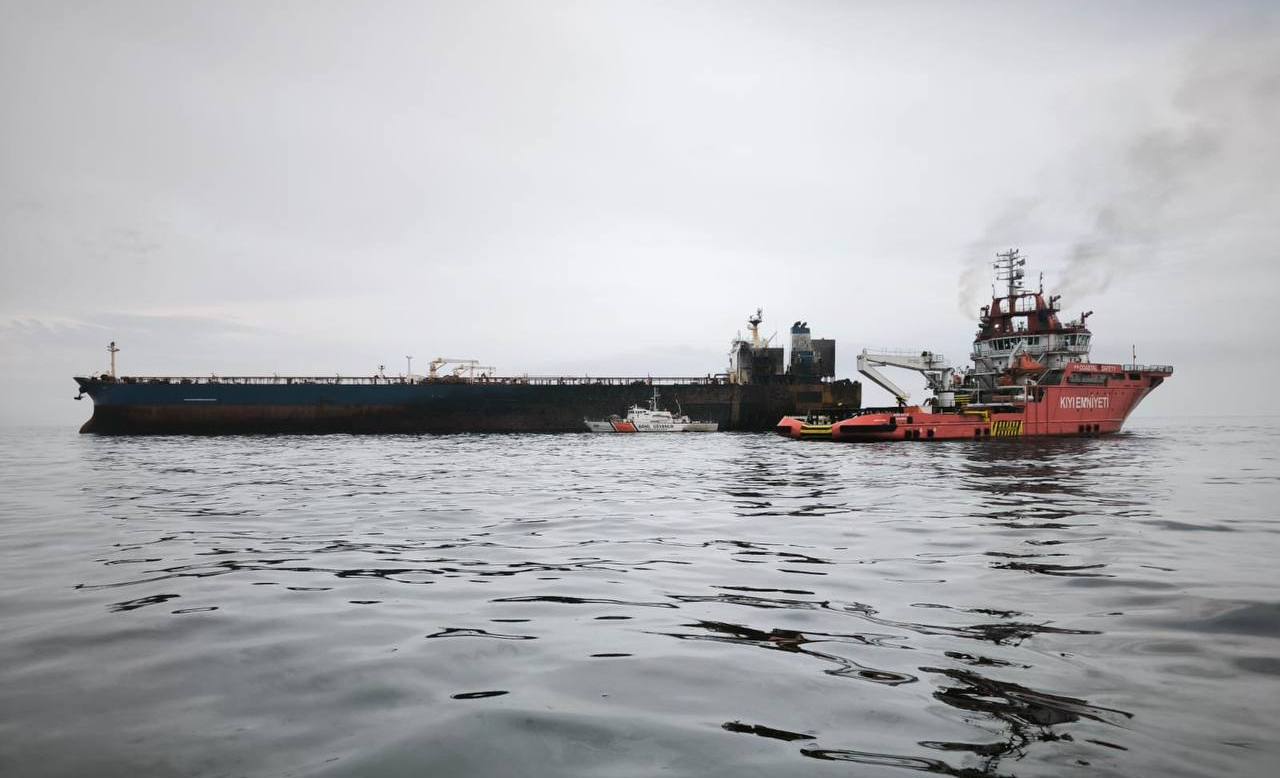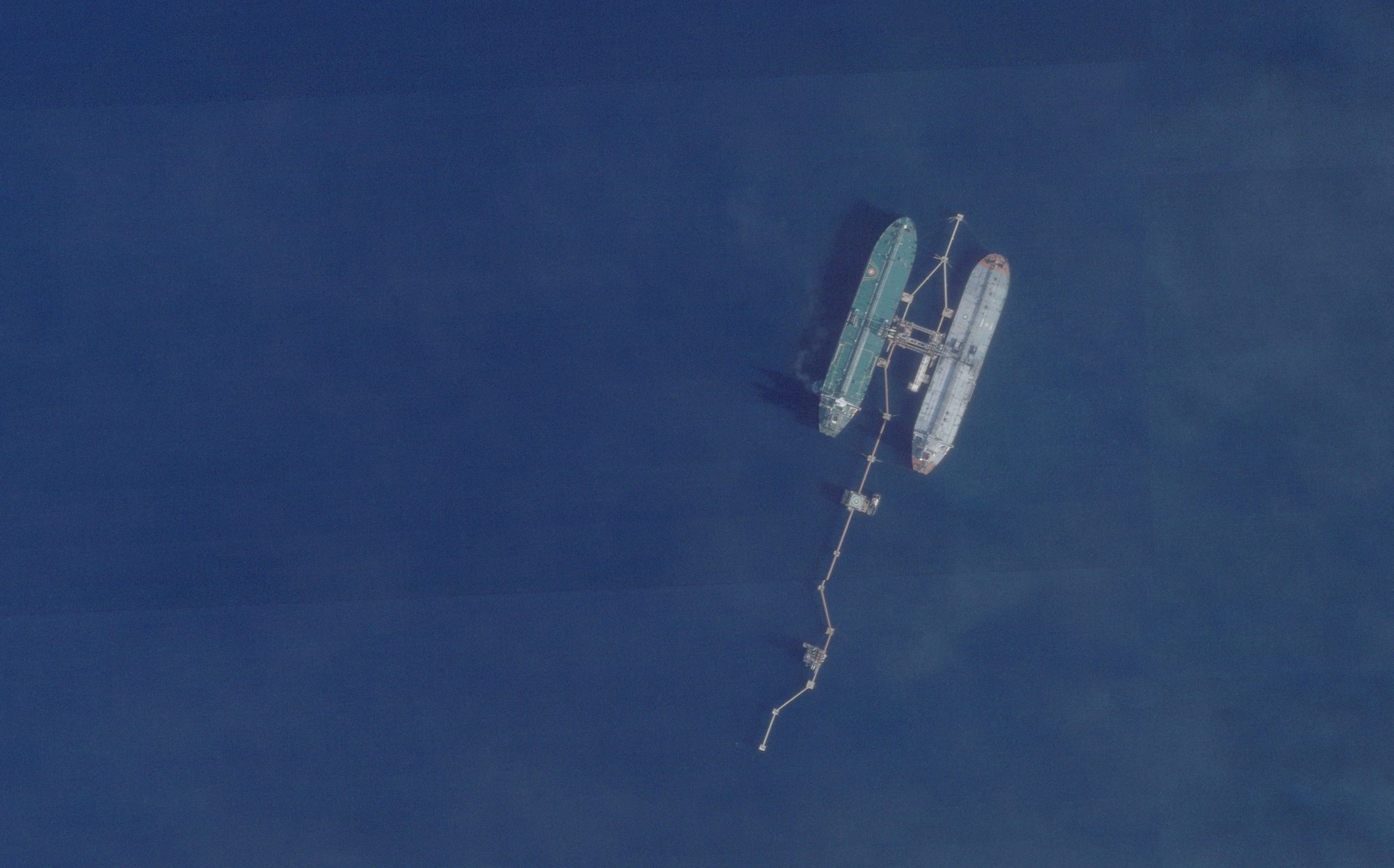By Mike Wackett
(The Loadstar) – Lower bunker costs are “very welcome in an industry struggling to make a profit”, says shipping industry association BIMCO in its latest container market analysis, but added that the potential impact of much cheaper fuel in ratcheting up service speeds of ships “may not be such a blessing”.
BIMCO’s concern is that faster sailing speeds effectively results in more capacity being offered to shippers, something the industry has no need for.
BIMCO said that slow-steaming was originally conceived not only to trim consumption in the era of high bunker costs, but also – particularly in the container liner industry – as a means of deploying more newbuild ships without increasing capacity.
It notes however that “speed has gone up”, across all sectors in container shipping, now that fuel is much cheaper – bunker costs have dropped by around 50% in the past year.
Indeed, IFO 380 is currently being quoted in Rotterdam at around $110 per tonne and considering that bunkers – which account for around half of a vessel’s operating costs – were in excess of $600 per tonne two years ago, the saving has been dramatic for shipping lines.
However, most ocean carriers will officially deny that there is any change in their slow-steaming strategy, pointing to trade networks that have been calibrated on set service speed of the vessels deployed on particular strings.
Nevertheless, increasing a ship’s service speed does provide the buffer for alliances to add extra direct port calls to liner schedules, thereby gaining a market advantage over rivals.
BIMCO said that container demand in 2015 had been “sluggish”, while supply growth had jumped by “an astonishing” 8.1%.
“We are not making it easy for ourselves,” it bemoaned, adding that it was little surprise the system of cascading had broken down, as trades were “already awash” with underutilised ships.
After the injection of 208 ships for a record 1.67m teu of capacity last year, BIMCO said it now expected to see only around 850,000 teu of newbuild deliveries this year – largely because owners and investors had managed to postpone around 30% of the delivery dates on shipyard orderbooks.
However, this temporary respite in newbuild deliveries will need to be supported by more aggressive containership deletions than seen in 2015, which amounted to less than 200,000 teu in total.
It fact, containership demolitions should have been nearer to the record of the 444,000 slots that were scrapped in 2013, it argued, if some balance to supply-demand equation is be restored.
This chronic overcapacity had caused spot rates between Shanghai and North Europe to plummet by an average of 47% last year, said BIMCO, while contract rates on the route had declined by 19%, compared with the year before.
Moreover, it will need European retailers and wholesalers “to stop running down inventories and start importing containerised goods again”, said BIMCO, “the sooner the better”.
Nonetheless, BIMCO does expect an upside from US imports this year, due to its improving economy and demand from consumers, which it described as “very solid”.
The Loadstar is fast becoming known at the highest levels of logistics and supply chain management as one of the best sources of influential analysis and commentary.
Check them out at TheLoadstar.co.uk, or find them on Facebook and Twitter.

 Join The Club
Join The Club











